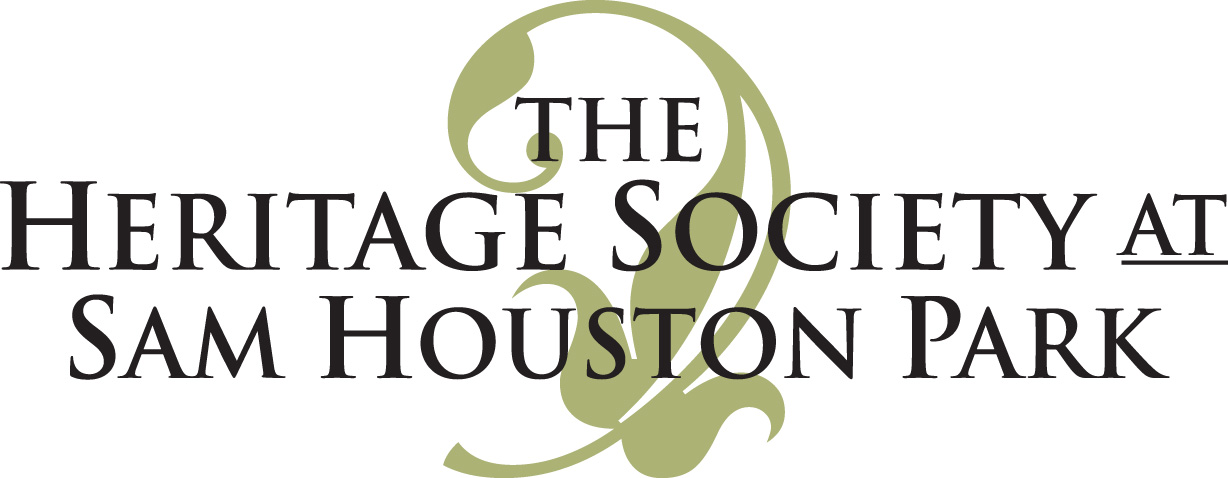Good Night - Sleep Tight
This portion of a popular nursery rhyme connotes an image of snuggling into a comfortable bed for a well-deserved rest. Most modern beds consist of a soft, cushioned mattress on a bed frame with the mattress resting either on a solid base or wooden slats and may include a box spring. The term “bed” that we use today was actually composed of two distinct components in past times. The frame of the bed was called the “bedstead” and the “bedding” was composed of the mattress and coverings. Until the late Middle Ages, the frame of a bed was a symbol of rank and wealth as were separate rooms for sleeping. Most people slept on straw or loose bedding on the ground, frequently in the Great Room of the dwelling. Bedsteads for the wealthy evolved to massive structures with elaborate canopies and curtains.
Rope bed wrench
In early Texas, bedsteads had a variety of forms. The very primitive “Georgia Hoss” type was an arrangement of two rails built into a corner of a cabin and joined by one post. The central platform of the Georgia Hoss bed and even some later stand-alone bedsteads was constructed of interlaced ropes that were threaded through holes in the side rails, footboard and headboard. These ropes would naturally begin to sag from the weight of the occupants but could be easily tightened with the assistance of a handy tool called a “bed wrench”. The tip of the tool was inserted into the exterior rope loops on the frame and used as a fulcrum to tighten the loops in sequence after which the terminal knot would be tightly re-tied. The fact that these types of beds required regular maintenance and tightening have led some people to believe that this ritual may have served as the origin of the popular nursery rhyme segment “Good night, sleep tight”.
Georgia Hoss bed, Old Place, Permanent collection of The Heritage Society
Beginning in the Renaissance, the design of bedsteads frequently included four vertical posts, a wooden frame and a canopy created by a solid swath of cloth. This type of bedstead became popular because homes had few rooms and drapes could be placed on and around the bed to give it privacy as well as providing protection from drafts. Typically in 18th century households, the most valuable piece of furniture in the home was the bedstead. Low-post bedsteads and later more elegant four-poster beds with a tester, or wooden frame suspended by the bed posts, were initially handcrafted by immigrant cabinet makers and later manufactured.
19th century Four poster bed with tester, Nichols-Rice Cherry House, Permanent collection of The Heritage Society
The high post bed with a tester was made in Texas well into the 1870’s, long after they were fashionably passé in the northern United States because the framework lent itself to hanging mosquito netting, a necessity in coastal locales. The four poster, with or without the tester, was the usual citizen’s bed until the middle of the 19th century. For daytime resting, a lounge or day bed was often used. The daybed could also be used for seating.
Iron beds appear in the 18th century when advertisements promoted them as free from the insects which sometimes infested wooden bedsteads. Brass beds first appeared in Britain in the 1820’s, and became increasing popular during the Victorian era. The lighter, airier style of metal beds was particularly favored in warmer southern climates like Houston.
Mattresses were a linen or cotton bag filled with straw, moss, wool or cotton and sewn shut. The advantage of using readily available natural materials was that the bedding could be easily refurbished. Wool blankets provided additional warmth. Featherbeds were only for the rich in the 14th century, but by the 19th century they were a comfort that ordinary people could aspire to, especially if they kept a few geese. Feather ticks were not often used alone, but were laid over a firmer, non-feather mattress. Because the mattresses were just bags with no inner structure, they needed shaking and re-shaping every morning. Learning to plump and smooth the bed well was one of the arts of housekeeping. Feather mattresses were valuable possessions. People made wills promising them to the next generation, and emigrants traveling to the New World from Europe packed up bulky featherbeds and took them on the voyage. If you didn't inherit one, you needed to buy up to 50 pounds of feathers, or save feathers from years of plucking until there were enough for a new bed.
Just as today, bedsteads and bedding were an important part of daily life. You can see examples of eighteenth century bed forms in the various historic homes maintained by The Heritage Society.











